The eVTOL Market is Taking Off—
Are You Onboard?
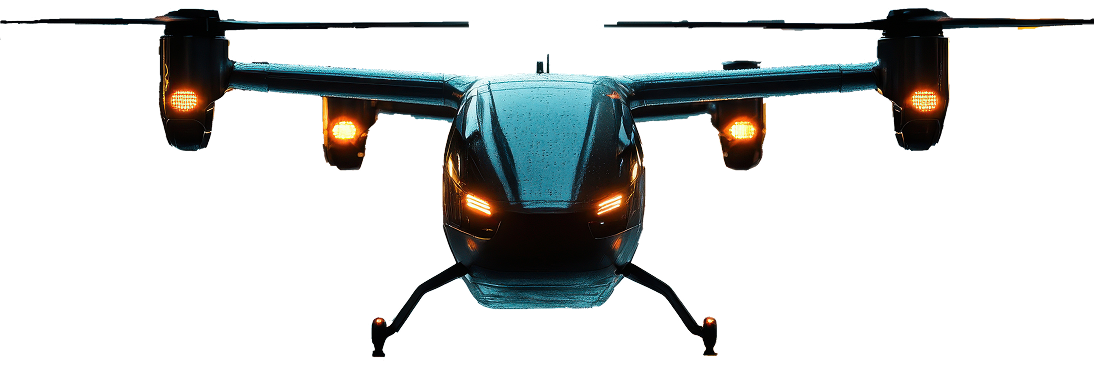
The eVTOL Industry Will Hit $3Bn+ by 2040 with 15,000+ Units in the Sky. Invest Early in This Emerging Opportunity & Dominate.
USD 15 Bn+ Invested
Top OEMs like Joby, Archer, Beta Technologies, Eve Air Mobility, and Vertical Aerospace, along with 17 others, have secured over USD 15 billion in funding.
16,000+ Pre-Orders
The top 10% of OEMs capture 80% of the 16,000+ pre-orders.
300+ eVTOLs Delivered
Joby, Archer, and Autoflight made their first deliveries. US-based Joby and Archer delivered their aircraft. Joby was delivered to the US Air Force under the Agility Prime Contract, while Autoflight was delivered to a client in Japan.
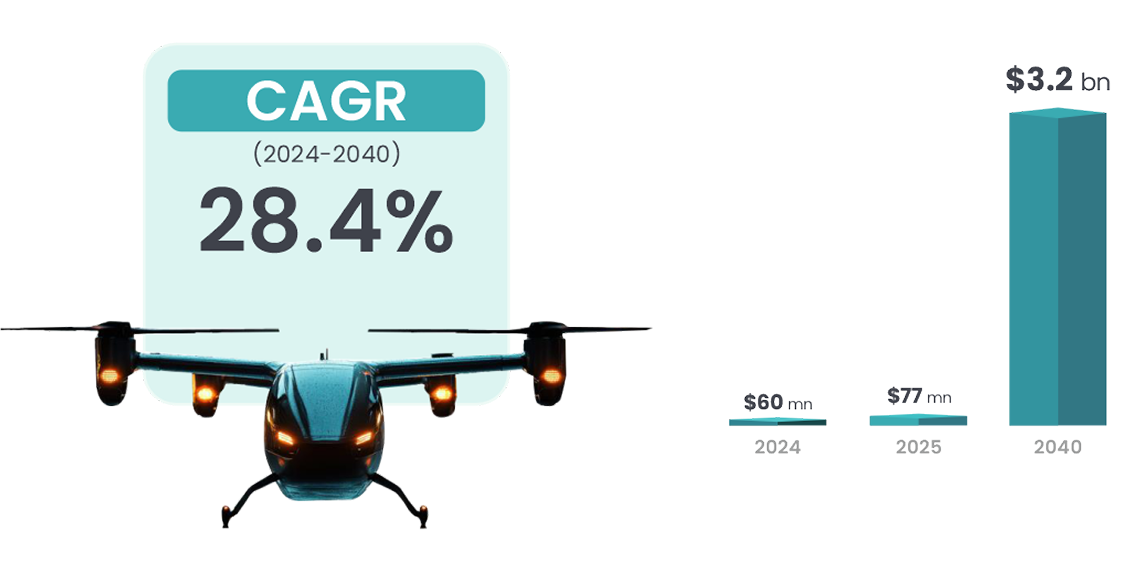




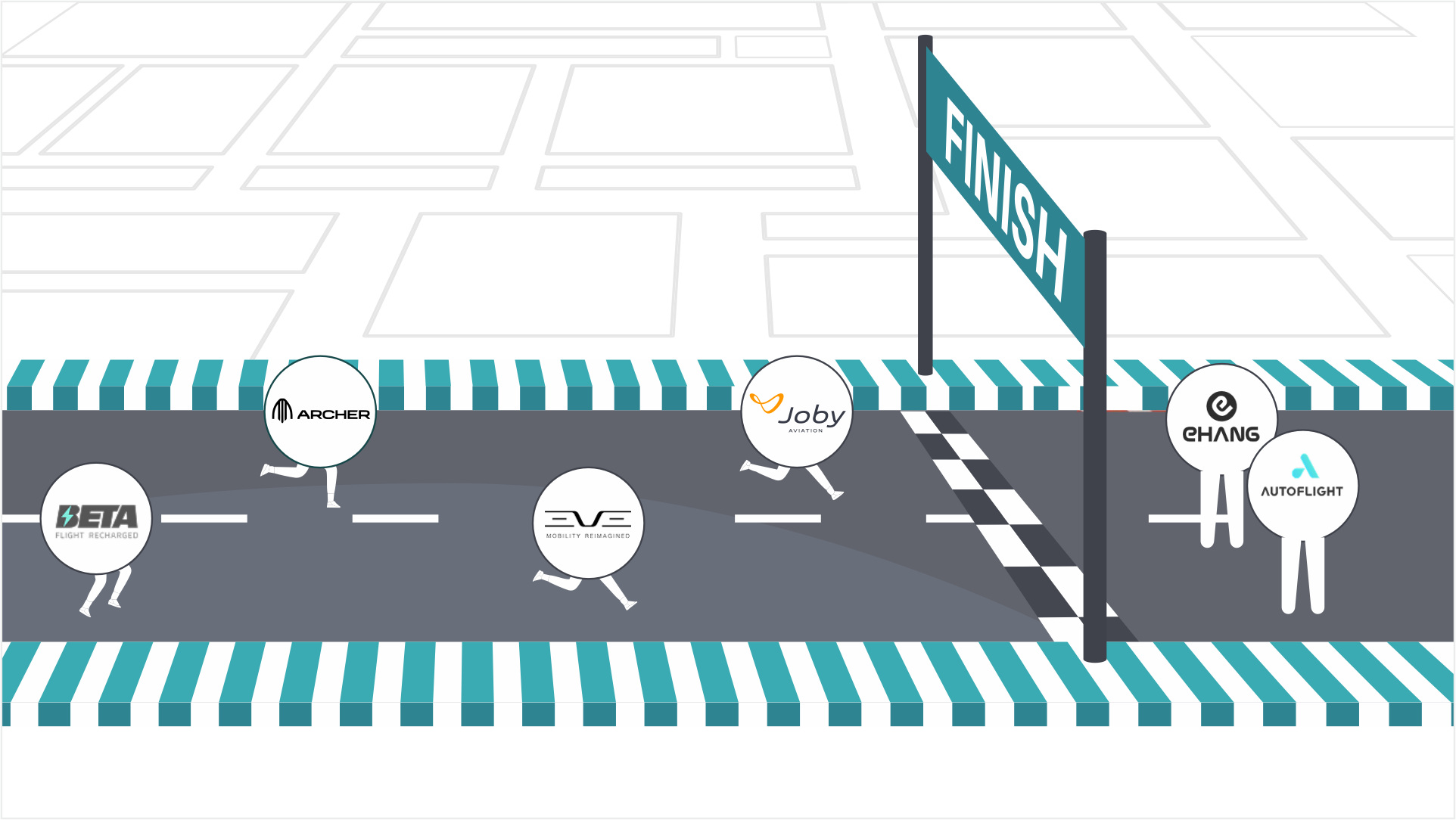









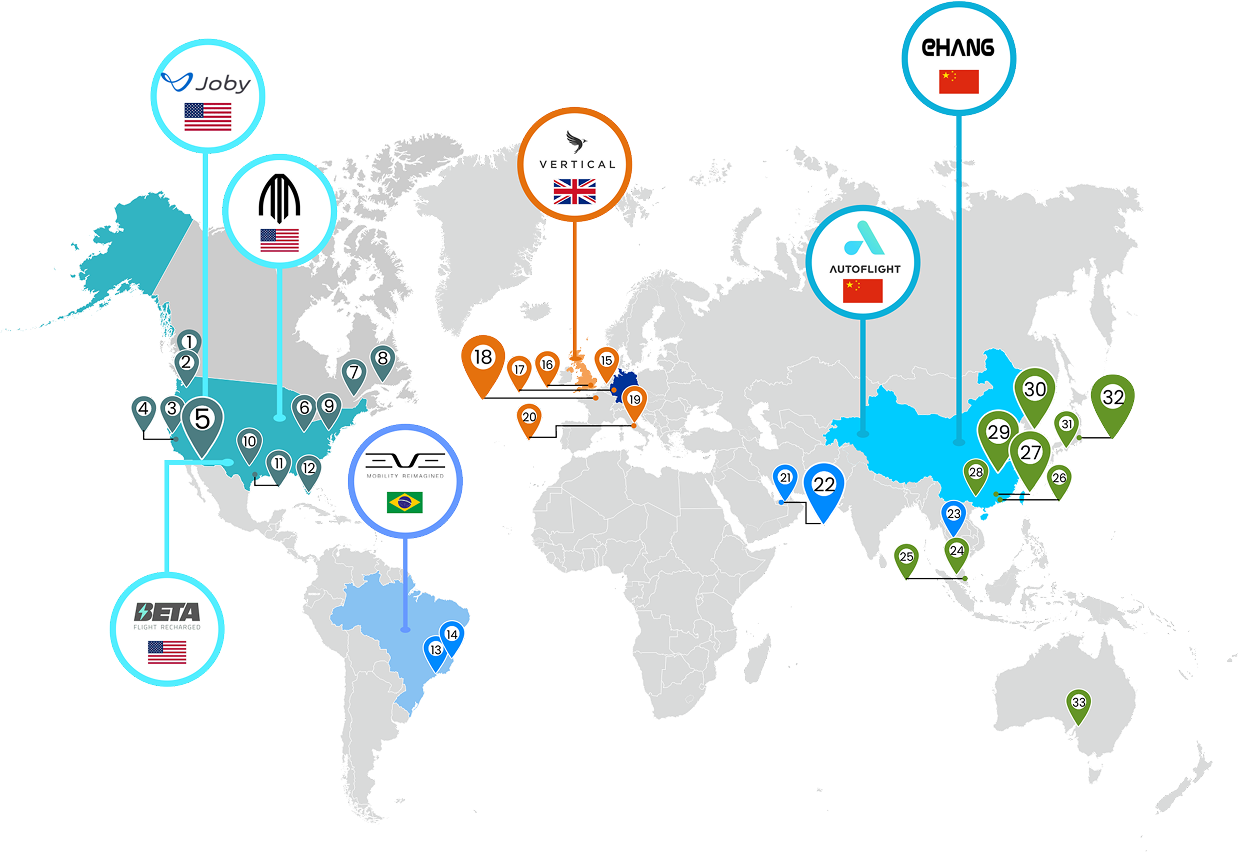

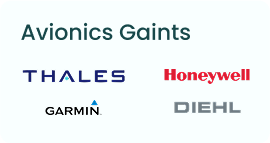
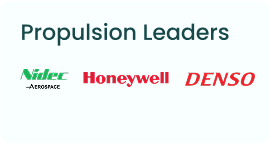
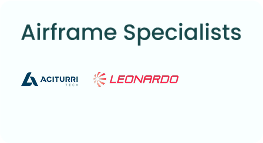
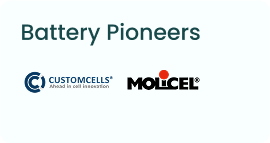
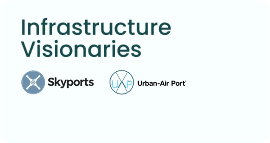


 Case Studies
Case Studies